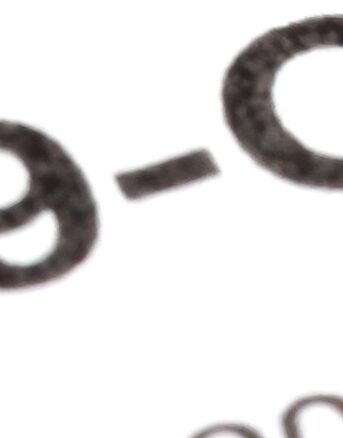IRS Partial-Payment Installment Agreement (PPIA) Explained by a CPA
An IRS partial-payment installment agreement (PPIA) is an agreement with the IRS to settle your tax debt for less than you owe over time.
Technically speaking, a partial-payment installment agreement is an agreement with the IRS to pay your amount of monthly disposable income — as determined by IRS calculations and standards — until the IRS’s time limit to collect your tax debt expires with the end result being the total amount you pay them being less than what you owe.
IRS PPIA Example
For example, let’s say you owe $100,000 to the IRS for tax year 2015, and that includes penalties and interest. Let’s say you got an extension for your 2015 tax return and filed it timely — and the IRS assessed your 2015 tax liability — in October 2016. Let’s also assume that you haven’t previously submitted an offer in compromise, filed for bankruptcy, or done anything to extend the IRS’s standard 10-year time limit to collect your tax debt, so the IRS has 10 years from October 2016 — that is, October 2026 — to collect this tax debt.
Now, you could arrange to pay off this $100,000 balance in full to the IRS in a normal installment agreement. And if you call up the IRS and tell them that you need some more time to pay off this debt, that’s what they’ll propose; they’re not going to come out and say, “Oh, you can pay us less than the $100,000 you owe us in an installment agreement.”
You have to know about the PPIA in order to get it. That said, the IRS won’t simply give you a PPIA just by asking; you have to prove to them based on your current financial situation that you need one. So for this reason, getting a PPIA is much more difficult than securing a full-payment installment agreement, and quite frankly fewer taxpayers will qualify for a PPIA than will qualify for a full-payment installment agreement.
So back to our example. Let’s say that you can prove to the IRS that after you pay for your basic living expenses you only have $100 left over at the end of the month and you don’t have any accessible equity in assets. If you successfully make that argument — which is easier said than done, but we get it done for our clients everyday — then all the IRS can make you pay is $100 per month because according to their own policy manual and calculations and standards, that’s all you can afford to pay them and any more than $100 monthly would present a financial hardship to you.
And how long can the IRS make you pay this $100 per month? The answer is all the way until the IRS’s legal right to collect your tax debt has expired, which as we established previously for this 2015 tax debt is until October 2026. So in this example, you would pay the IRS $100 per month beginning now — let’s say in February 2023 — until October 2026. So how much would you end up paying the IRS in this arrangement? Well, because there are 45 months between February 2023 and October 2026 (including the starting month and ending month), you would end up paying $4,500 to the IRS in this partial-payment installment agreement to settle your $100,000 tax debt.
IRS PPIA FAQs
Will the IRS File a Lien With a PPIA?
Yes, the IRS will very likely file a Notice of Federal Tax Lien against a taxpayer when it enters into a partial-payment installment agreement with that taxpayer.
Can You Set Up an IRS PPIA Online?
No, you cannot set up an IRS PPIA online.







